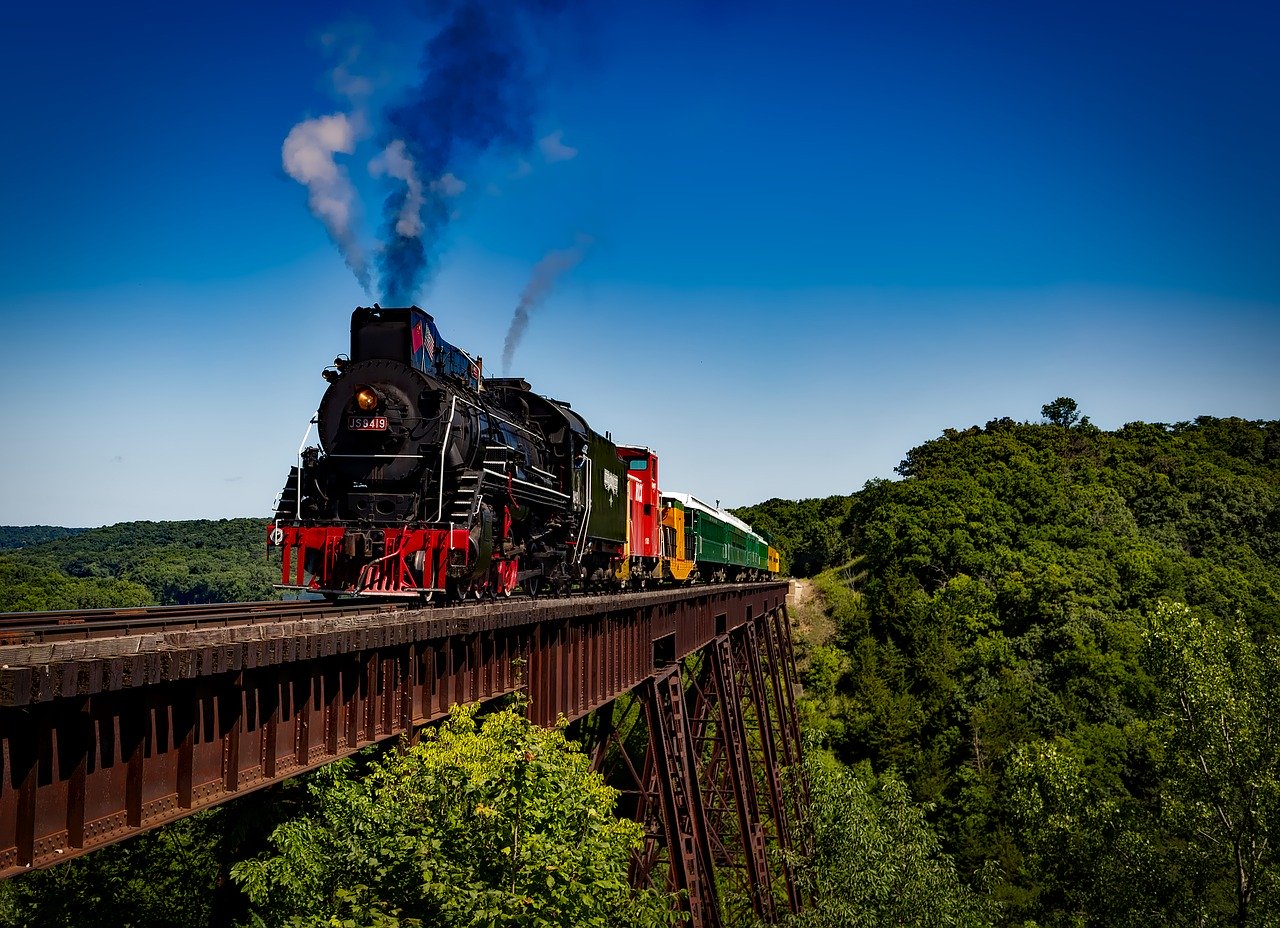In the train running at high speed, why when jumping up still fall back to the old place?
Stand on the floor and jump once; after falling, you will still be where you were. So when we stand in a train running at high speed, have we still fall into the same place after jumping up?
Some people might think like this: The train is running at high speed, during the period after the person jumped, the train has been able to run a bit, people have to fall at a little distance. The faster the train runs, the further the distance from the old spot after falling. But the truth tells us: When the train is running at high speed, after jumping up still falls in the same place. Why is that?

The reason is that any object has inertia. The movement of the object must obey the laws of inertia. The content of the law of inertia (ie the first law of Newton): In conditions not affected by external forces, the object’s state of motion will not change. When a train runs at high speed, even if a person is standing still, he rushes forward with the train at the same speed as the train. When he jumped, he still charged forward with the train at the same speed. So when that person falls, it’s still the same place.
Someone once thought of a “wonderful” idea. He said: as long as I sit on the balloon to fly high, due to the rotation of the Earth, I can see the ground below quickly moving. If flying from Shanghai, stopping in the air for about an hour and a half, and then descending again, isn’t it going to the Paracel city of the Tibet Autonomous Region? That is not possible. Because everything around the Earth, like humans, balloons, air … all rotates with the Earth!
Nowhere is there inertia. When a car is moving very fast, suddenly braking, the people in the car are rushed forward; when the car suddenly starts, the people in the car are leaning back. It is all due to inertia.




